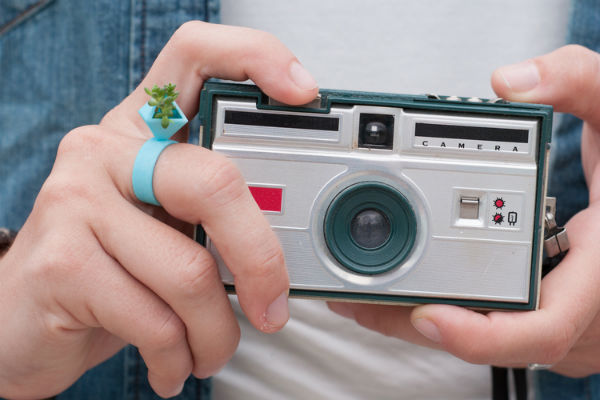Not all of us can afford organic produce. Sure, it’s healthy, clean and a better choice over mass-farmed vegetables, but it’s also more expensive. And as much as we’d love to eat exclusively locally sourced, ethically farmed, organic produce straight from the farmers’ market, sometimes Walmart’s produce section will have to do. Luckily, we can still avoid pesticides by choosing the right ingredients.

The Environmental Working Group releases a report every year on the state of organic produce and food in America. The paper examines the pesticide content in more than 48 food items, both locally produced and imported. But even if the report goes well into detail, people usually just pay attention to its two master lists. The “Dirty Dozen”, that recounts the twelve more contaminated products, and the “Clean Fifteen”, with the fifteen items with less pesticides. These lists are a great guide to eat healthy on a budget. If you can’t afford to buy all your produce organic, you are better off splurging on the products that normally carry more pesticide content.
The Dirty Dozen
Let’s start with the vegetables you want to avoid unless you know their source. The EWG found traces of pesticides in two thirds of all produce, but who are the worst offenders? Apples. Innocent, delicious apples tested positive for agrochemicals in 99% of the samples. They were closely followed by 98% of peaches and 97% of nectarines. Samples of grapes and bell peppers showed traces of 15 different pesticides each, while potatoes had more pesticides by weight than any other vegetable. The list is completed by strawberries, celery, spinach, cherry tomatoes, imported snap peas and cucumbers.
While not in the traditional dirty dozen list, the EWG found several leafy greens like kale and hot peppers tested positive for extremely harmful insecticides. They do not have a high enough concentration of pesticides to be on the list, but the toxicity of the chemicals pushed the EWG to recommend buying organic as well.
The Clean Fifteen
On the flip-side, avocados proved to be the cleanest product, showing detectable pesticides in only 1% of the samples. More clean produce includes 89% of pineapples, 88% of mango 82% of kiwi, 80% of papayas and 61% of cantaloupe, that showed no residues of agrochemicals. If you want to stock up your pantry, you should also look for sweet corn, cabbage, frozen sweet peas, asparagus, onions, grapefruit, cauliflower, sweet potatoes and eggplant.
If you want to eat cleaner and healthier every day, your grocery shopping has to change. Try to buy your produce from different sources, which will limit your exposure to a single pesticide. Besides, if you try to buy seasonal veggies from local markets, you are guaranteed to get fresher produce with less chemicals. Once you get home, remember to always wash your fruits and veggies thoroughly and, if you are not buying organic leafy greens, it is best to cook them for consumption.






























